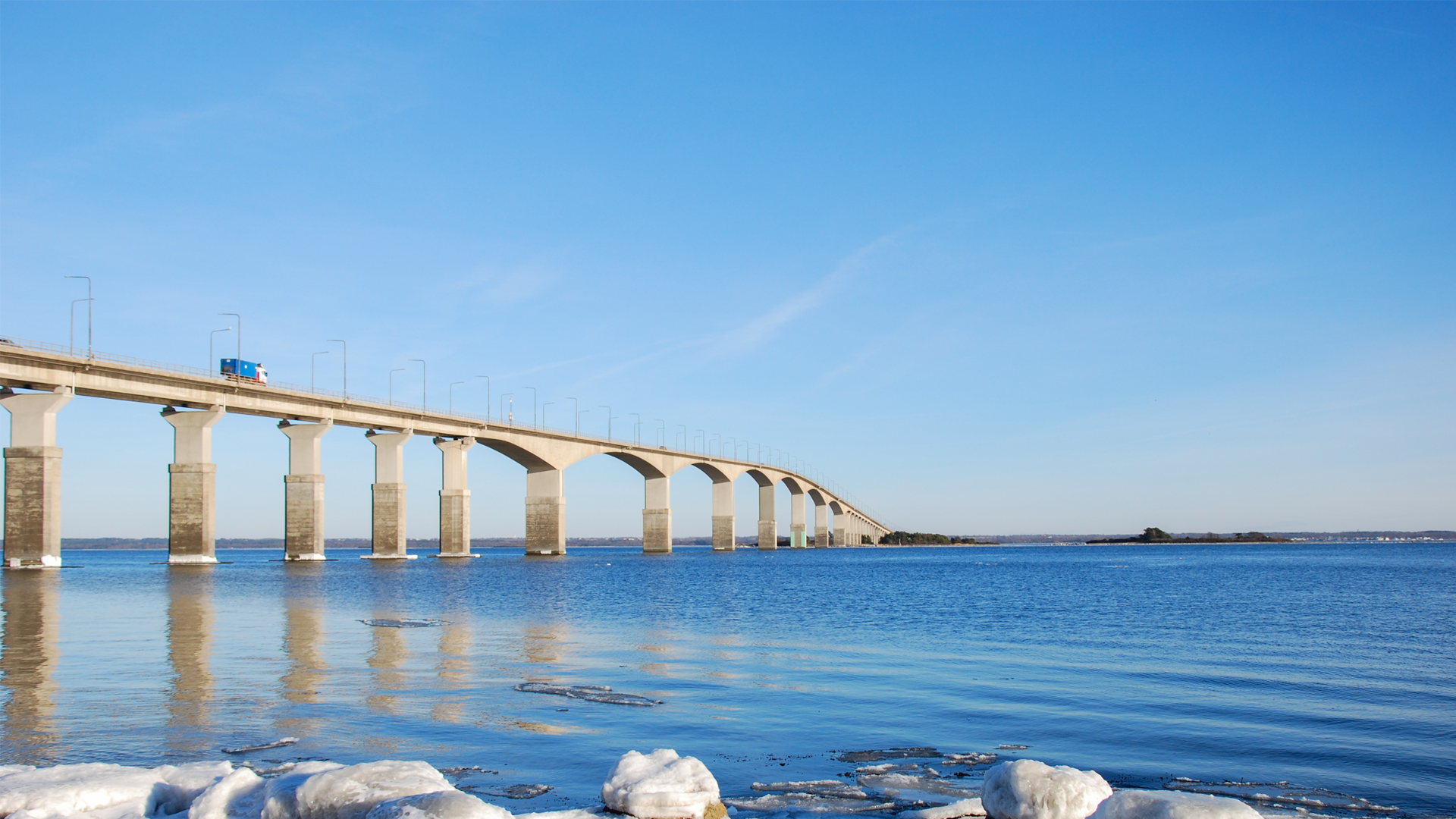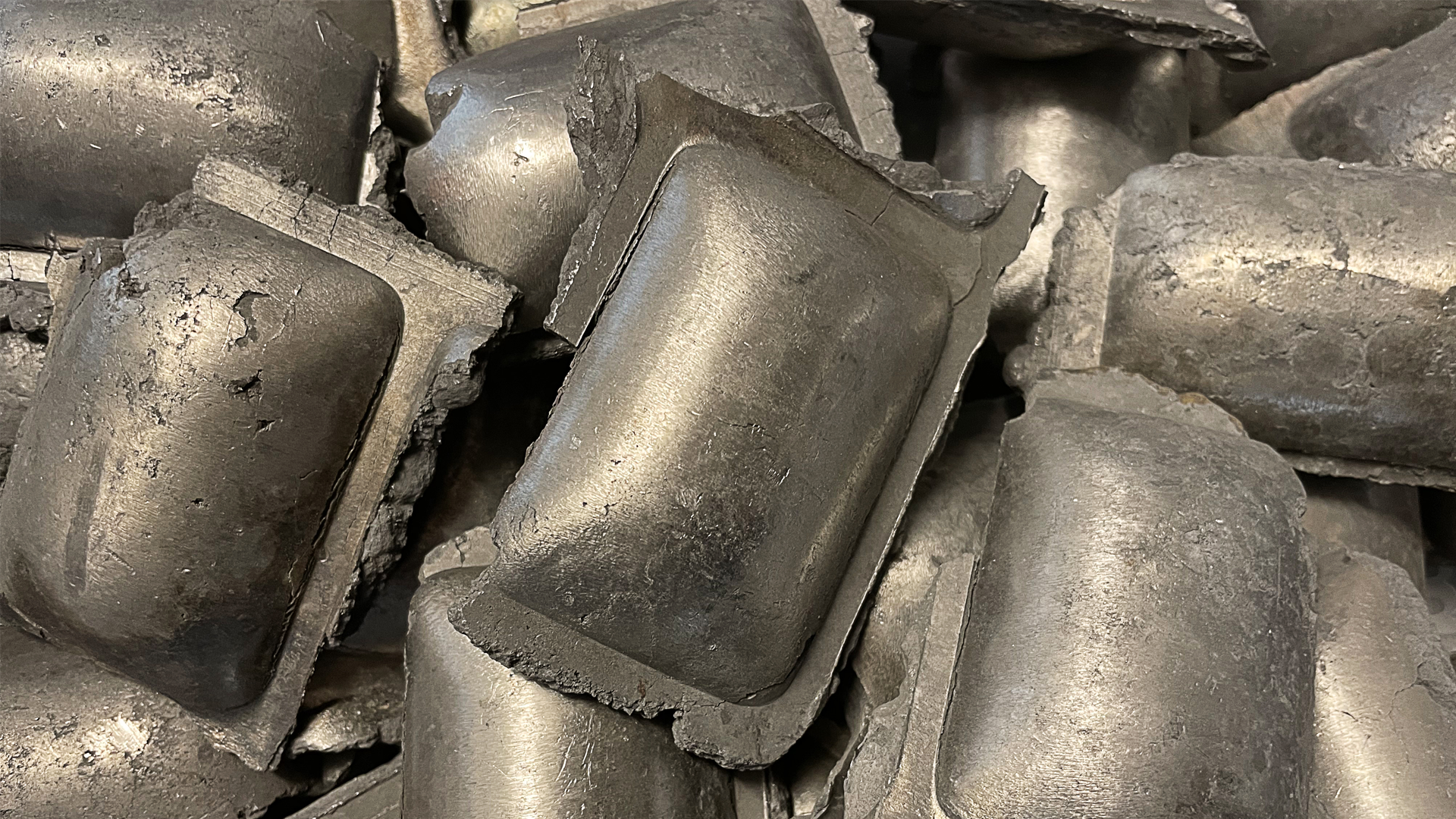What’s going on in the EU when it comes to the transport industry?
How will the transport industry evolve? Which topics are on the EU’s agenda with the aim of promoting road safety and harmonising the rules around vehicle combinations?
A range of topics on the EU agenda relate to developing the transport industry in future. Improving road safety and harmonising rules around vehicle combinations are just two of these.
Road safety study in the EU – what happened
The European Commission noted in 2015 that the number of traffic-related deaths in the EU had decreased markedly over recent decades. This decrease was due to the changes introduced by means of regulations to promote road safety, but it was observed that this reduction appeared to have stagnated somewhat. This plateau prompted the Commission to review the General Safety Regulation (GSR) and the Pedestrian Safety Regulation (PSR). This review led to the Commission launching a public consultation in 2017.
This public consultation involved stakeholders from the general public, politics and industry being surveyed and providing their views in order to determine how to improve vehicle safety in the areas in demand. Following discussions between these parties, an agreed proposal was drawn up for the EU’s new General Safety Regulation, which was later approved in 2019. Following its approval, efforts began to define the technical details and regulations applicable to each function.
Changes to rules and requirements to improve road safety
Multiple vehicle manufacturers have already introduced the systems required in order to meet the recently agreed requirements. From 2022, the heat is on. As of then, all new EU type-approved vehicles must fulfil the requirements set out in the GSR (EU 2019/2144).
There are many new requirements set out in the new GSR, and these differ according to vehicle type. The following are just a few examples of new requirements set out in the GSR:
Intelligent speed assistance
In order to help drivers maintain a speed appropriate to traffic conditions around them. The system will provide feedback to the driver. Approaches will include automatically triggering the release of the accelerator by pressing it back towards the driver’s foot should the system determine that the vehicle’s speed is excessive.
Lane-keeping assistance
This system monitors the vehicle’s position in relation to its lane and its boundary lines/edges and may cause the steering wheel to resist or apply the vehicle’s brakes in a situation where the vehicle is inadvertently in the process of leaving its lane.
Reverse detection
A monitoring system for reversing that carries out detection and alerts the driver to ensure they avoid hitting other motorists behind their vehicle when carrying out reversing manoeuvres.
If you would like to see more detailed information about the current rules and requirements, you can read about them here.
Could we see vehicle combinations up to 25.25 m and 60 tonnes across the EU?
For many years, the regulation (EU 96/53) governing the maximum dimensions and authorised weight of vehicles in the EU has capped these measures at 18.75 m and 40 tonnes for vehicle combinations and for international transportation throughout the EU. This regulation has recently seen some changes, including an amendment to allow the use of aerodynamic rear devices and cabs that may exceed the applicable length regulations.
The European Commission writes that “Transports are an important part of the EU’s single market since transport services help to ensure the free movement of goods and passengers. The COVID-19 pandemic has demonstrated that it is very important for the EU to keep the single market running smoothly. In this context, the EU’s rules aim to ensure a level playing field in the transport industry and remove barriers to cross-border traffic between member states. Making Europe climate neutral no later than 2050 is one of the Commission’s top policy priorities (through the European Green Deal).”
As we have previously reported, greenhouse gas emissions from the transport sector comprise one quarter of the EU’s total emissions.
Road transport accounts for some 72 per cent of transport-based emissions, while 26 per cent originates from heavy vehicles such as trucks.
The European Commission is now seeking to review the regulations and will focus its overhaul on a range of issues, including:
1. The environmental adaptation of road transport by expediting the use of zero-emissions heavy vehicles and the application of innovative systems and technologies that improve energy efficiency. It will also promote flexibility in the use of different freight methods to increase the use of more sustainable means of transport.
2. Ensuring the free movement of goods and a level playing field in the single market for road transport through the removal of regulatory and market-related obstacles that can currently lead to efficiency losses, distortion of competition and the risk of discriminatory enforcement practices.
What’s our perspective on this at VBG?
At VBG, we welcome this overhaul as we have been engaged in projects seeking to promote HCT (High Capacity Transport) for many years and know how well it works and are familiar with the positive impacts on transport efficiency that it has.
The change in dimensions and weight being proposed by the EU means that the EU is approaching the length and weight rules that have been applied on a national level in several EU countries for many years, including Sweden and Finland, which lead to proven increases in efficiency. The question is this: why is the EU not studying trends around dimensions and weight in the Nordic countries, where lengths are approaching 34.5m? How this is dealt with by the existing road network is also very much of interest. However, it is somewhat troubling that the EU is proposing that in order for the use of a vehicle combination of 25.25m and 60 tonnes to be permitted, it will be required to be a zero-emission vehicle or otherwise part of a multimodal transport. This is good if the ultimate goal is to act as a driver in the transition to zero-emission fleets, but zero-emission technology has not yet arrived in a format suited to use on rigs of this size that would also be able to meet range requirements. The EU could drastically reduce carbon emissions by allowing current diesel-powered vehicles to be used in combinations of up to 25.25m and 60 tonnes.
Above all, this transition could take place immediately.
Want to talk about the future and innovation in the transport industry? Working together with you, we are developing innovative solutions to improve safety on our roads. We are full of ideas, but would love to know what opportunities you see.
Recommended reading

Efficiency, Safety, and Sustainable Transport – Top 5 Articles and Insights of 2024

Transport Industry 2024: Great Progress Towards a Sustainable Future

